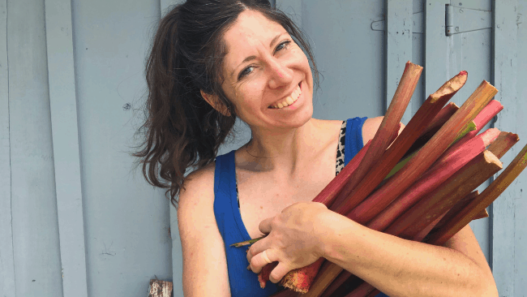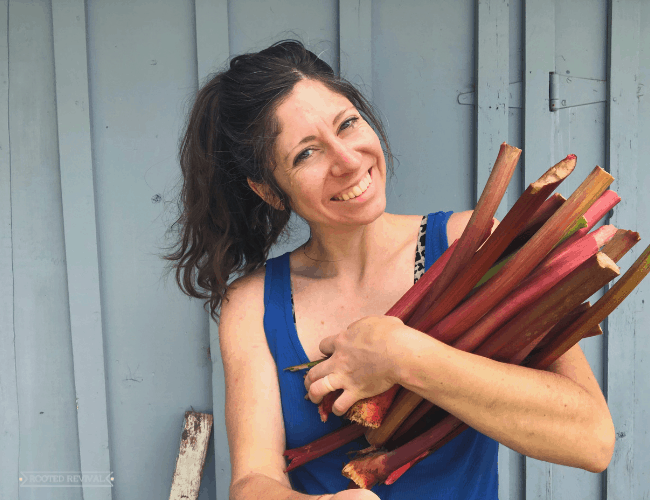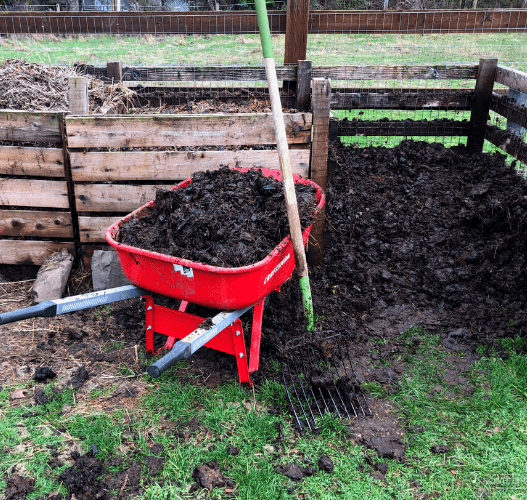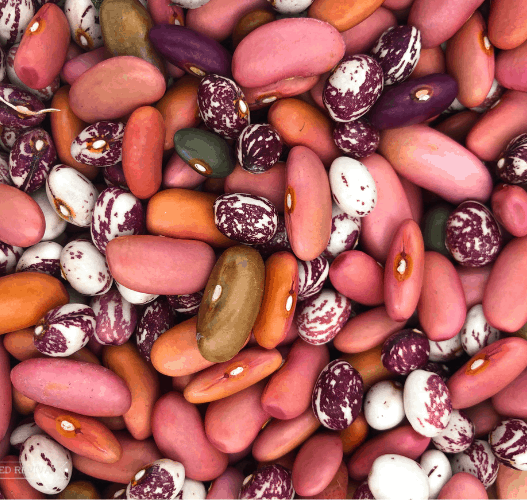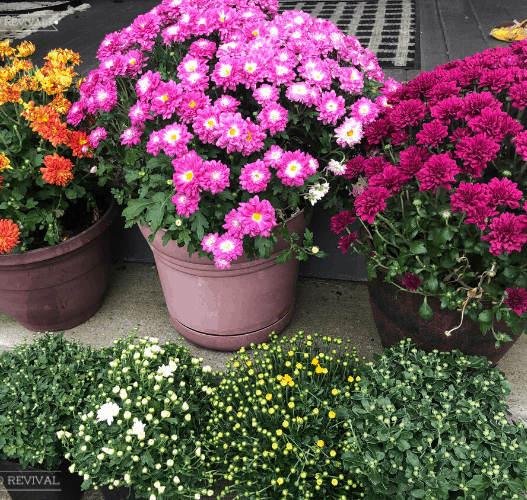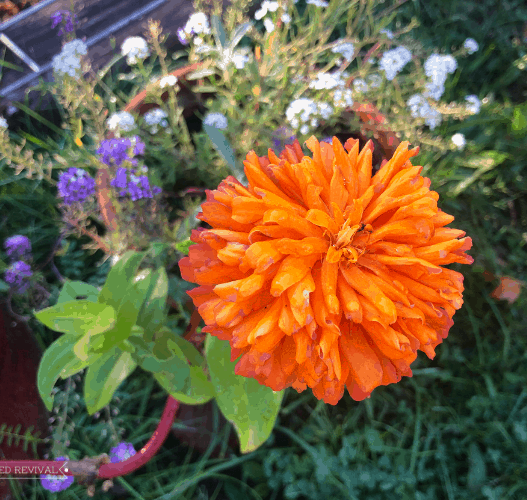This “Grow It Guide” highlights an amazing and often overlooked perennial plant: Rhubarb! Read on for more info on how to grow rhubarb in your home garden along with ideas for harvesting and using it!
About Rhubarb
Rhubarb is one of those “heritage” plants if you ask me. I feel like every grandma I ever knew growing up had rhubarb… even though I swear I had never seen an actual rhubarb stalk or plant until I was at least 20 years old! It was just some mystery ingredient that grandmas put into recipes! So, when I grow my own rhubarb, I always feel very connected to the gardeners of yesteryear!
And, that’s because rhubarb really hit its peak popularity in the 19th century when sugar became more readily available and affordable. It was included in many recipe books, and was affectionately nicknamed “pie plant”.
After WWII, however, the popularity of rhubarb really declined. But, for those of us lucky enough to still be growing and enjoying it, we know just how special it is! I was blessed with some mature plants already growing abundantly in our PNW home, giving me the opportunity to fall in love with this plant even more!
How to Grow Rhubarb in the Home Garden
Rhubarb is a perennial crop that will produce for 8+ years on average, but it can produce for decades if you care for it correctly! It’s a true perennial in zones 3-8, making it a plant that can be grown in most of North America. Warmer regions may still be able to grow rhubarb as an annual, although it does need an extended cool season (below 40oF) to really flourish!
Rhubarb can be grown in the ground or in pots, but be warned, this plant needs space as it can get quite large! Leave at least 3-4 feet to allow your rhubarb to reach its full size potential.
I love how its giant leaves add drama to a flower bed – and you get pie from it!
It’s easiest to start new plants from a rhizome/crown (a segment of the root), but you can grow it from seed if you have plenty of patience!
Rhubarb prefers a full sun location and needs 6-8 hours a day. It’s a fan of consistency in watering and prefers moist (not soggy!) soils that are slightly acidic. And it’s a heavy feeder! I like to give mine a nice feeding of compost in the fall and early spring to keep it happy!
To keep your rhubarb plant healthy, it’s best to remove any flowering stalks that might pop up. Yes, they are beautiful, but it takes a lot of energy for the plant to produce these flowers and it will weaken the rest of the plant.
As your rhubarb plants continue to grow year over year, you can separate them in the fall or early spring to reduce crowding. This will help your harvest continue for even longer! Or, you can pass them on to friends and neighbors!

Late season leaves can turn red as the plant matures and begins to die back.
Harvesting Rhubarb
Once your plant is well established (wait at least one year), you can begin harvesting the stalks. Younger plants will generally produce smaller and thinner stalks than older, more established plants. Stalks are generally ready to harvest in late spring through early summer. Here in Western Washington, we usually harvest ours June through July.
To harvest, reach to the base of the stalk and give it a good twist and pull up and away from the plant until the stalk separates from the root. Harvest stalks once they are about an inch wide.
Try not to harvest too many (no more than half) of the stalks from one plant at one time. I like to leave at least 3-4 stalks on each plant at the end of the season to nourish the plant and ensure it comes back strong the following year.
Using & Preserving Rhubarb
Rhubarb stalks are the primary part used, although roots (rhizomes) have been used historically for medicine. The leaves are actually quite toxic if eaten! But they are great for nourishing the compost pile! So be sure to shred them up, toss them into the compost and cover them over so that livestock/wildlife won’t eat them.
Many people think that rhubarb is sweet because of its famous use in pies and other deserts. But, rhubarb is actually quite tart with a flavor similar to a sour apple!
Historically, this is why rhubarb really only gained popularity once sugar became more affordable and available. Once the plant was able to be heavily sweetened, it could be used in a much broader range of dishes.
In most uses, rhubarb is combined with a sweetener (usually sugar) to reduce the tartness. It’s very popular in pies, tarts and deserts – hence the nickname, “pie plant”! Rhubarb can be used in a variety of desserts and is often combined with other fruit to help sweeten it. Strawberries and rhubarb are a classic duo since June-bearing strawberries are ready to harvest at the same time as rhubarb.
But, rhubarb’s uses don’t stop at desserts! It’s also fantastic in mixed drinks and preserves! Rhubarb jam is a must-make in our house along with canned stewed rhubarb. I love adding it to deserts, pastries and even yogurt and oatmeal all year long!
Rhubarb can be preserved easily. There are many recipes that you can use rhubarb for that are canning safe. Or, you can freeze your rhubarb to use later! Follow my guide on how to freeze fruit to freeze your rhubarb to use later!
[mv_create key=”7″ thumbnail=”https://staging7.rootedrevival.com/wp-content/uploads/2021/06/How-to-grow-rhubarb4.png” title=”Rhubarb Plant Profile” type=”diy”]
Ready to grow your own rhubarb? Pin this “Grow It Guide” so you don’t forget!

